This is one in a series of posts on the Sony alpha 7 R Mark IV (aka a7RIV). You should be able to find all the posts about that camera in the Category List on the right sidebar, below the Articles widget. There’s a drop-down menu there that you can use to get to all the posts in this series; just look for “A7RIV”.
In the previous two posts, I’ve been looking at the effects of using the Sony a7RIV is continuous compressed mode, which causes the camera to switch to 12-bit encoding of the sensor data. In this post, I’m going to show you some visual examples of what that does to images. I made a series of images at normal exposure, and at successively reduced exposure in continuous compressed mode, which gives 12-bit precision, and in continuous uncompressed mode, which gives 14-bit precision. I used the CV 65 mm f/2 Apo-Lanthar E-mount lens and base ISO.
Here’s what the scene looked like:
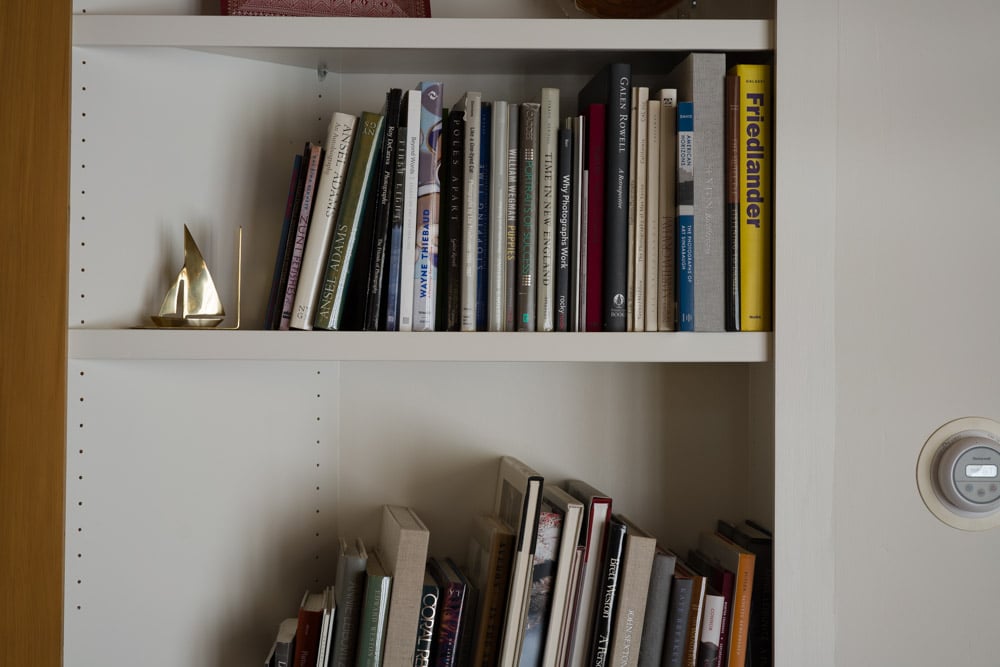
I developed all the images in Lightroom, white balancing to the spine of the book just to the left of the Thiebaud volume, and pushing the exposure control by one EV for every stop of underexposure. Everything else was left at the default settings.
[The images below were developed using the Adobe beta a7rIV profile. If you want to see what they look like with the release version of the Adobe Color Profile, look here.]
Here is the normally-exposed pair at about 200% magnification:
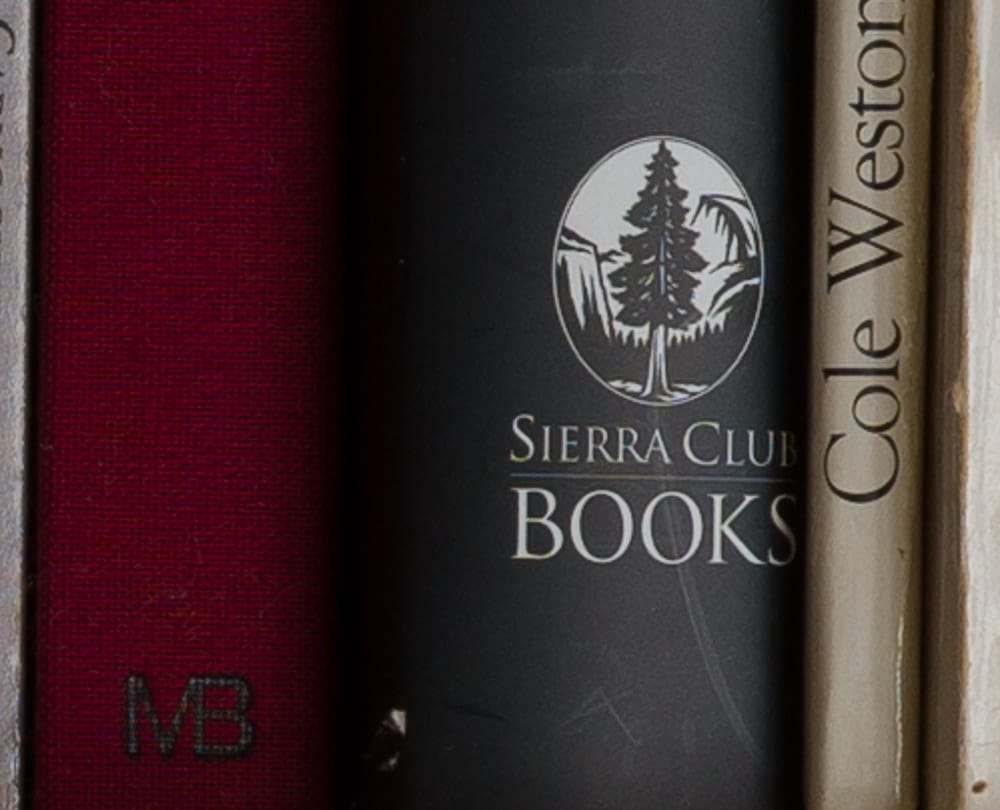
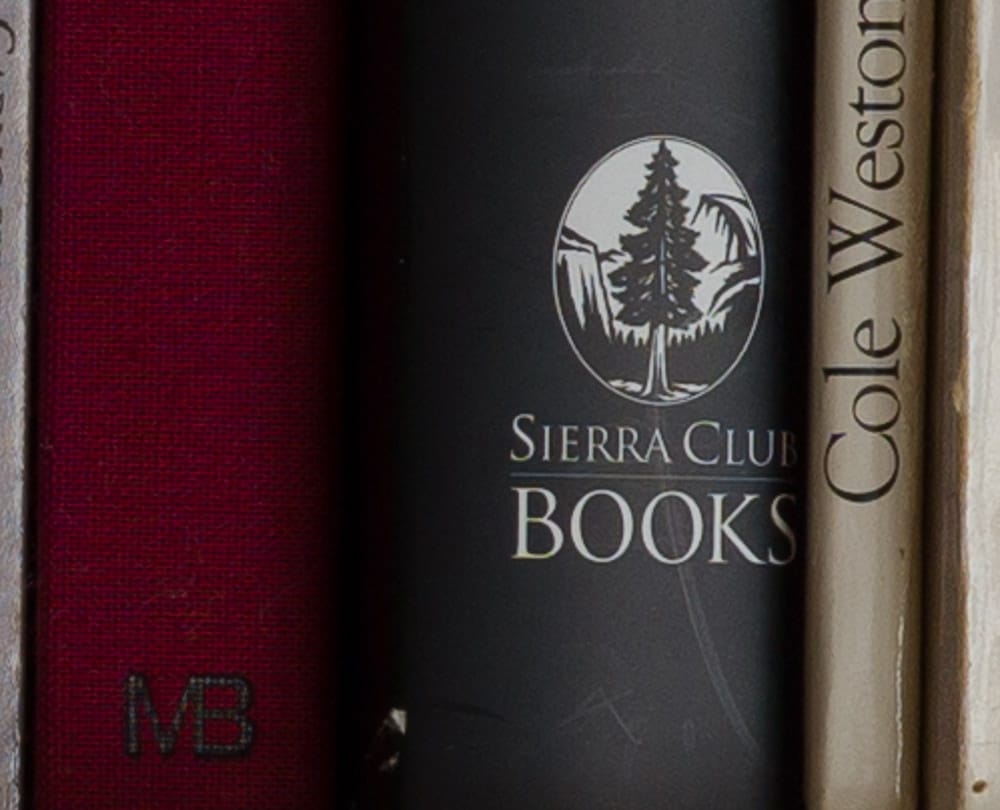
They both look fine.
Here is the four stop underexposed pair.
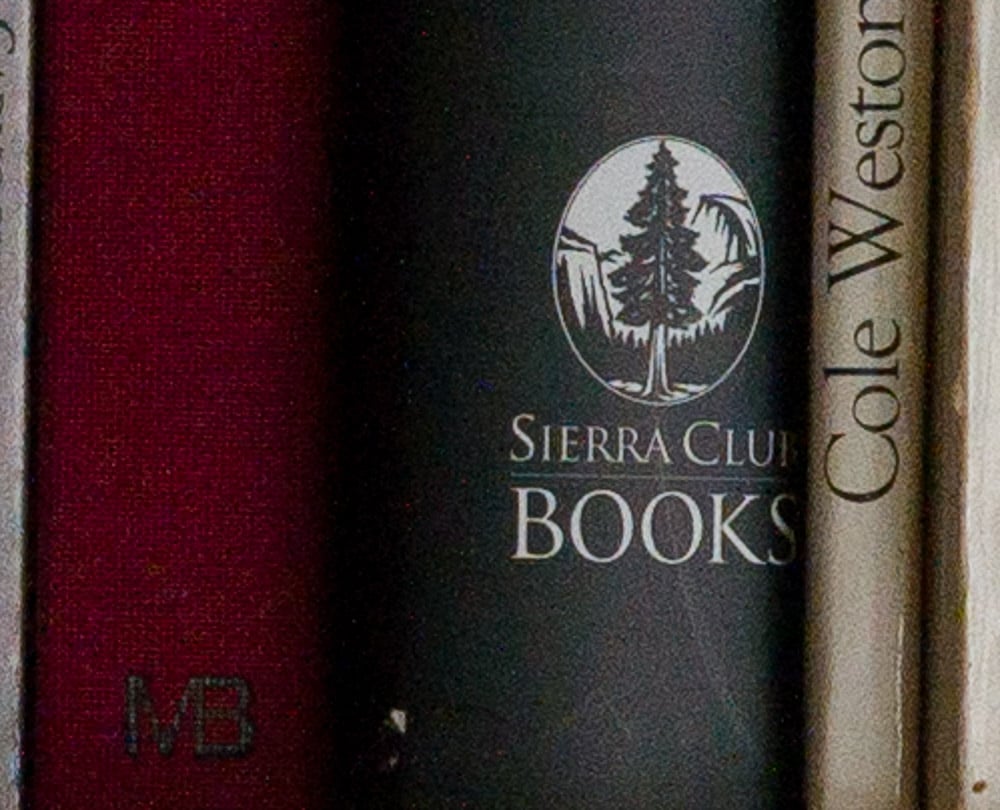
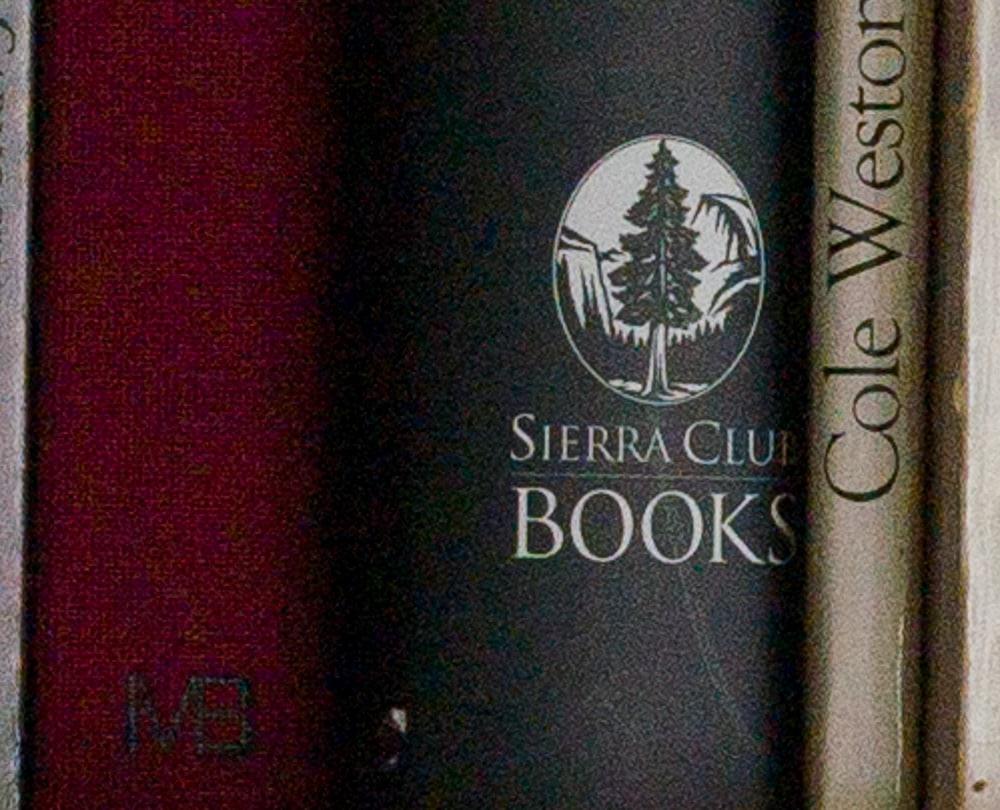
The 12-bit image is noisier, but it’s not striking.
One more stop underexposed:
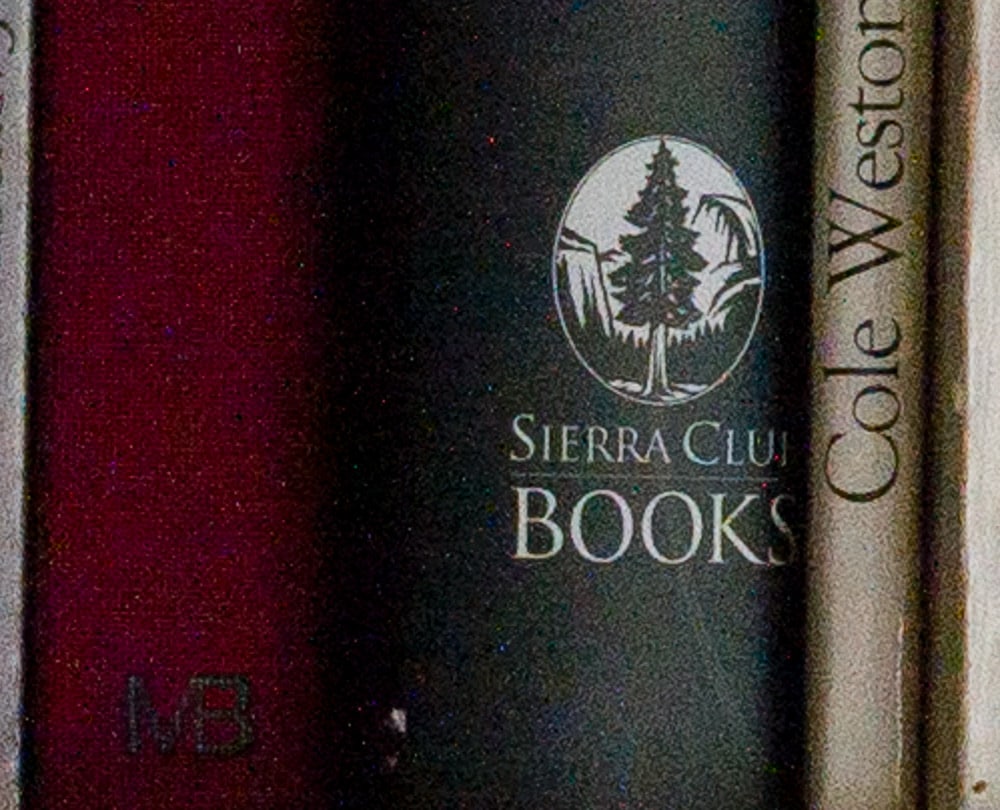
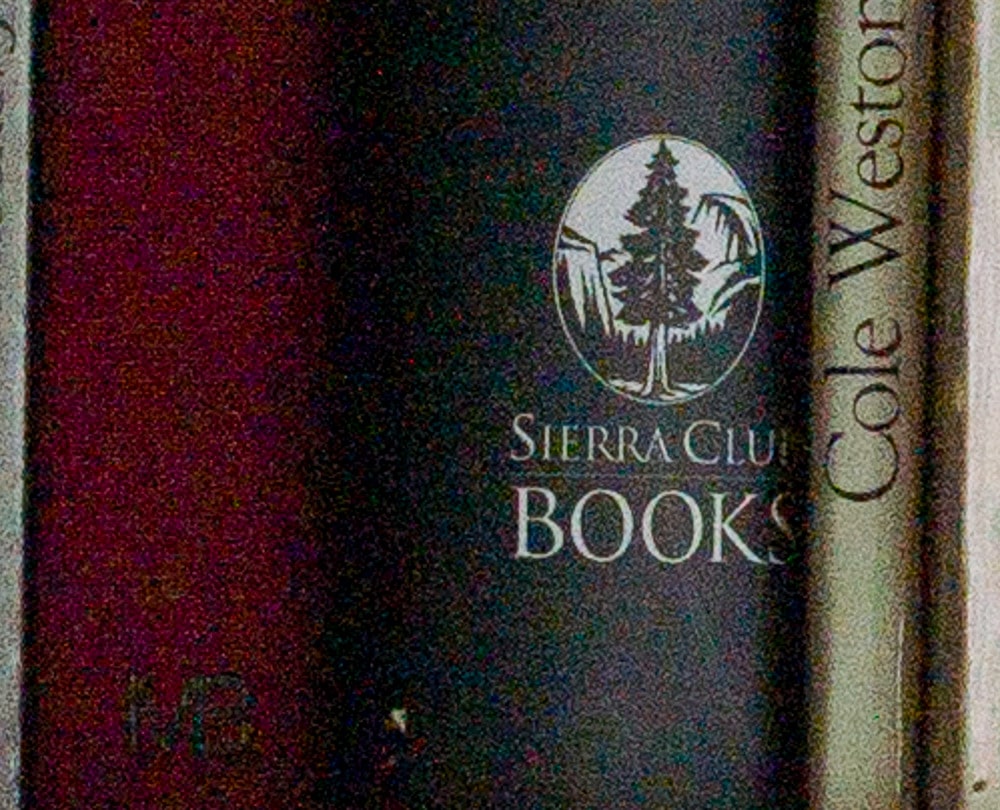
The differences are somewhat greater. There is some horizontal banding in the 12 bit image.
If we look at a six stop underexposed image and apply some shadow and highlight boost in addition to + 5 EV exposure boost, here’s what we see:
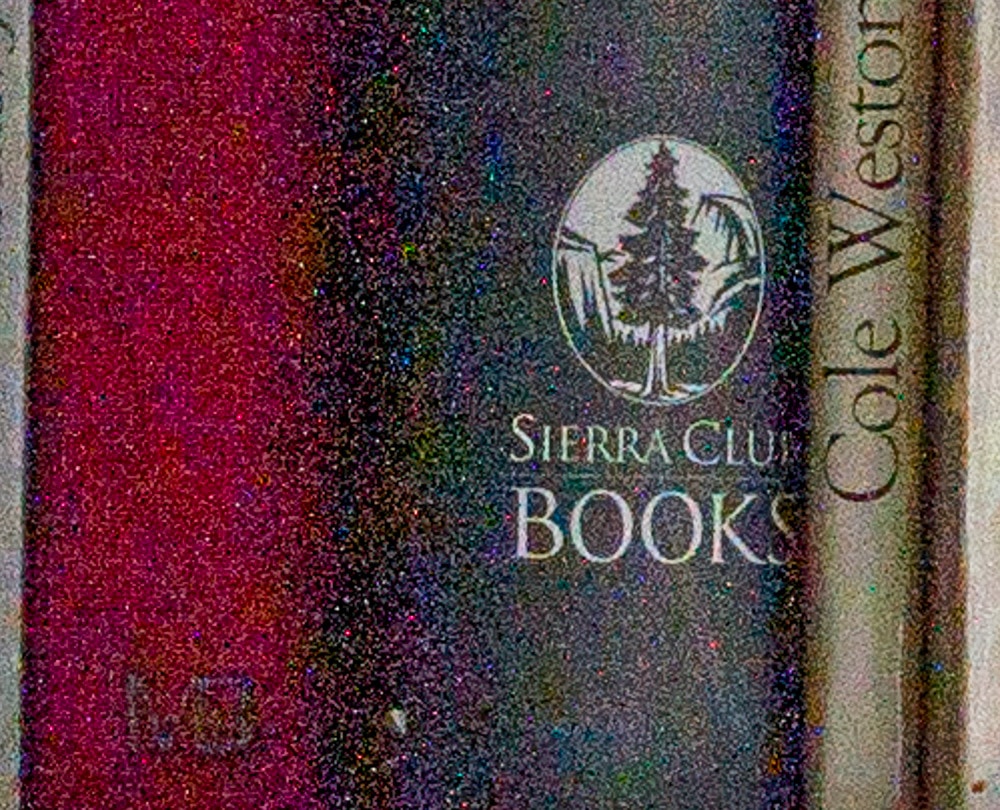
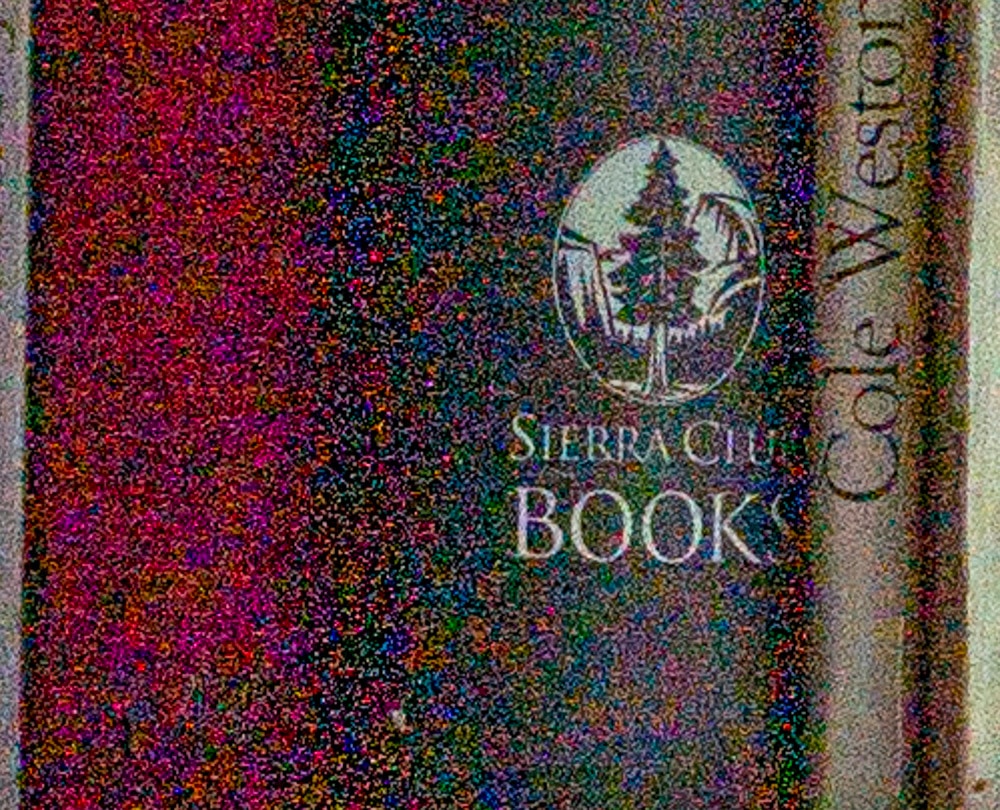
My take on all this is that using 12-bit precision is probably just fine for action, but that folks using continuous bracketing mode to increase dynamic range may wish to use uncompressed raw.
One doubt – doesn’t continuous bracket mode disable 14 bit , and force the use of 12bit? Is it still the case for the A7RIV?
That is not the case for the a7RIV.
Thank you for this series and for highlighting this limitation of current Sony cameras!
I just tested it with my a6100 and the difference between continuous shooting and single shot RAW files becomes quite evident if I boost exposure by 5 stops in post-edit.
I uploaded my test picture here: http://dmewes.com/~daniel/Sony%2012%20bit%20vs%2014%20bit%20raw/
All parameters were identical, except for using continuous mode for one, and single shot mode for the other.
This is actually important for me, because I do a lot of underwater natural light photography. This means I often need to boost the red color channel very significantly to get a correct (or rather good looking) white balance.
Hi Jim … I sincerely appreciate the great amount of effort you’ve gone through to share this information with us. I have a question for clarification. You use the terms “continuous mode,” “continuous compressed,” and “continuous uncompressed.” When I read the Sony A7Riv instruction manual (p.42) it uses the words “Continuous Shooting” to represent 4 different shooting speeds: “Continuous Shooting: Hi+,” “Continuous Shooting: Hi,” “Continuous Shooting: Mid,” and “Continuous Shooting: Low.” Is your conclusion that ALL FOUR of these options cause the camera to shift into 12-bit mode when recording as RAW Compressed? I own both the A7Riv and A7Riii and the Riii manual specifically mentions the change to 12-bit when using Hi+ along with RAW Compressed, so I assumed that Hi, Med and Low would remain as 14-bit. Thank you in advance for your clarification of this topic.
Yes. I’ll go back and check, though.
I double-checked:
https://blog.kasson.com/a7riv/sony-a7riv-continuous-drive-mode-precision/
Jim